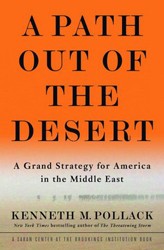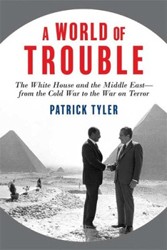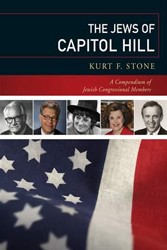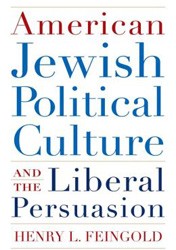Scholars of American Jewish history have often made the connection between anti- Semitism and the development of American Jewish identity. In his book Politics, Faith, and the Making of American Judaism, Peter Adams makes a further connection by looking at anti-Semitism as the catalyst for Jewish acculturation in the realms of both political and religious life.
Adams argues that between 1840 and 1860, Jewish political identity in America was galvanized by anti-Semitic episodes in Europe. Despite the external threat, the Jewish community’s ability to exert political pressure was thwarted by internal conflict. American Jews were divided along religious lines. Orthodox traditionalists and acculturating Reformers both struggled to speak for the American Jewish community.
When the Civil War broke out, anti- Semitism moved to American soil. Adams shows that the Civil War created a climate of hysteria which targeted Jews as war profiteers and strangers disloyal to the Union. General Grant’s infamous General Order 11, expelling the Jews from territory under his control, was the culmination of wartime anti-Jewish feeling.
After the war, American Jews felt that their best defense against anti-Semitism was dual: to shed their otherness by becoming more American, and to engage in politics to protect their own interests. The growth of Reform Judaism and the emergence of a Jewish voting presence went hand in hand. Grant’s 1868 and 1872 election campaigns, in which he actively courted the Jewish voters of Chicago and Cincinnati, were concurrent with the founding of the Reform institutions, the Union of American Hebrew Congregations and Union College.
After 1877, when Russian persecution of Jews motivated an exodus to American shores, the American Jewish community was able to exert political pressure on the American government while extending a hand to the new arrivals. The story of German Jews ashamed of their Ostjude brethren is not new, but Adams puts it into the context of the Reform impetus to Americanize and acculturate, which the established community extended — however paternalistically — to the newest arrivals.
Adams’s book is at its most compelling in talking about the Civil War and its power to galvanize Jews into anger while prompting them to further acculturate as Americans. The connection between acculturation and Reform Judaism is less persuasive, since religious life was only one strand in the process of acculturation. But as an account of the emergence of Jewish political identity, the book is a valuable contribution to the historical literature.
Related content:
- American Jewish Experiences reading list
- American Jewish Historical Figures reading list
- American Politics and Jewish Leaders reading list





